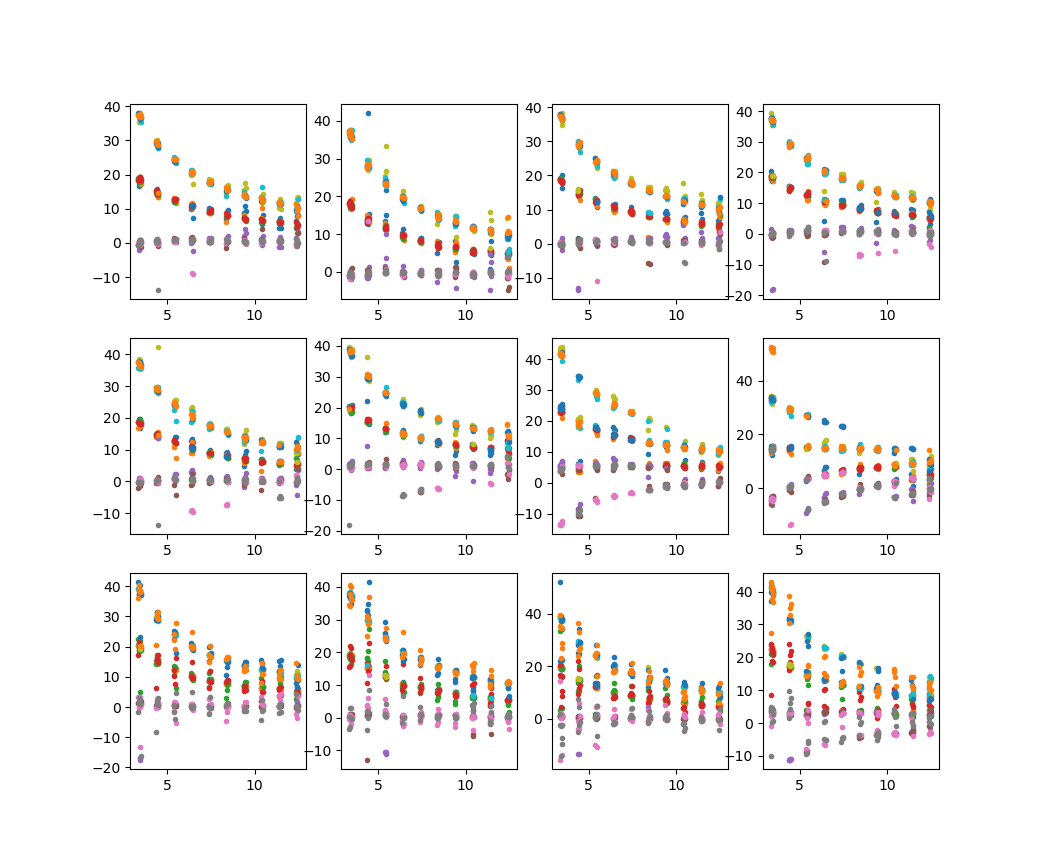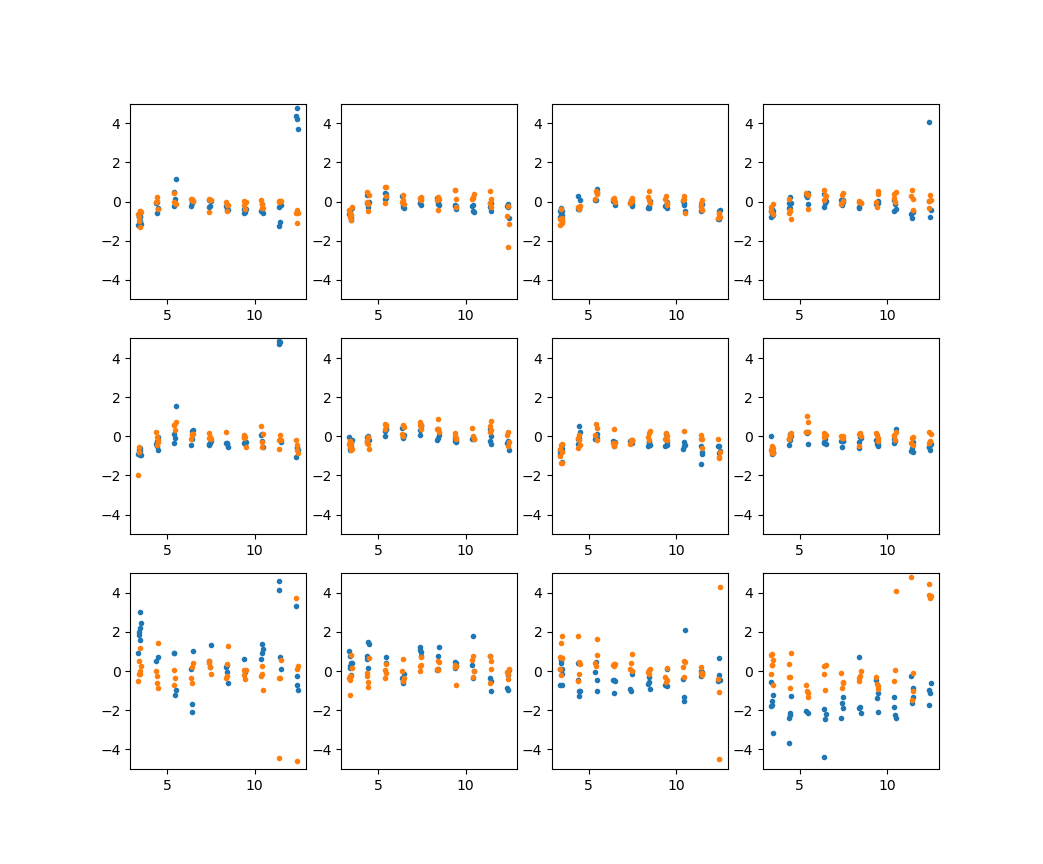2017 April
Apr 01
23:50 UT We had some nice solar activity (M4 flare) around 21:50 UT, which was completely covered by RHESSI. I am taking some calibration data (3C84, pcal.fsq) starting around 00:20 UT, and hope that we can do some imaging of this event. The wind has been high for two straight days, but has finally subsided for the first time, to enable the calibration.
Apr 02
11:04 UT The system took data on 3C273 and 3C286 all night, using pcal.fsq and 30-min scans. The data look very nice, but I am not happy with the oscillations I saw in yesterday's solar data, which I suspect may be due to an unsynchronized correlator clock. Therefore, I rebooted the ROACHes (Kjell connected the 10 MHz reference to the signal generator on Friday), in the hopes that it will perform better in the long-term. I am now taking data on 3C286 with 3bands.fsq, with which to determine and correct delay changes due to the reboot. There was another M flare overnight, so more activity may be present today.
Apr 03
02:07 UT We got no less than three (!) M-class flares today (yesterday in UT day). The M2 flare observed after 1800UT was covered by RHESSI in its rise phase. The observations went well, and I also did a gain/attenuation calibration observation, to attempt to remove the effect of attenuation changes on total power and correlation data. Unfortunately, the wind came up this afternoon and we did not get a successful 3C84 calibration. We did get the morning and noon one, however.
Apr 04
04:20 UT I am running a new schedule called two_src_pa-track.scd, which is tracking the Ant14 position angle, alternating between 3C273 and 3C286 every 30 minutes, and using pcal.fsq. The wind is going to be a problem, it looks like... I corrected Ant 13's and . I also have good corrections, but I am not sure of the sign, so I am afraid to set them. I discovered a nice way to plot the data (Figure 1), to find the correction without any ambiguities.
04:42 UT After about 20 min, I noticed a problem with the schedule--it was not listing the type of observation as PHASECAL (called it PACAL instead). I updated the schedule to fix that, and while I was at it, I bit the bullet and set the values after all. We'll just see how it goes, and whether I have the wrong sign or not. I elected to just follow the same approach as for and .
05:54 UT The data look great! The corrections are definitely an improvement, see Figure 2. Also, the PA rotation is working perfectly, so that the XY and YX phases on ants 1-8 are just noise, and the other polarizations are strong and flat. The wind is cooperating, so I suppose this will continue all evening and provide an excellent basis for checking all of the baseline corrections.









